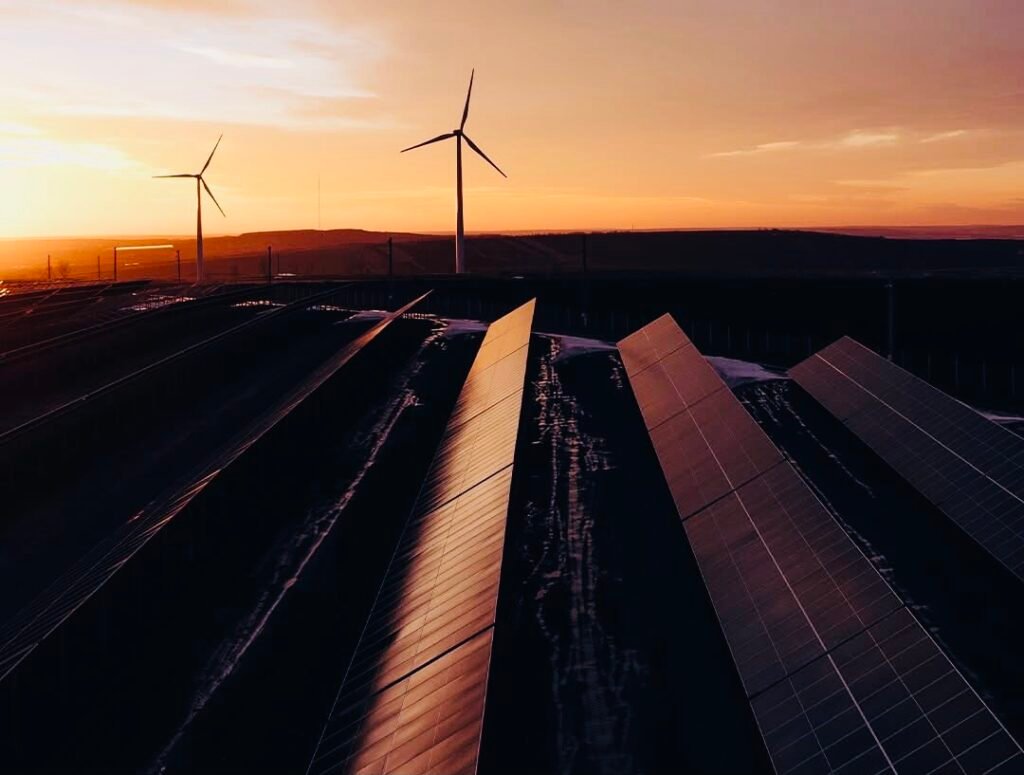Global demand for oil and gas could continue to increase until 2050, according to a new report from the International Energy Agency (IEA), marking a significant change from the agency’s previous outlook that anticipated a faster global transition to clean energy.
The IEA’s latest World Energy Outlook, released warns that the world is likely to fall short of its climate goals as the consumption of fossil fuels remains stubbornly high.
The report suggests that economic growth, energy security concerns, and uneven progress in renewable energy adoption will sustain oil and gas demand for decades to come.
This marks a notable shift from the agency’s earlier stance, which suggested that fossil fuel demand could peak by the end of this decade.
The IEA stated, “Global oil and gas demand could grow until 2050,” signalling a more gradual and uncertain pathway toward decarbonisation than previously forecast.
Energy Security Returns as Governments’ Top Priority

IEA Executive Director Fatih Birol underscored that the resurgence of energy security concerns has reshaped global energy policy priorities.
“With energy security front and centre for many governments, their responses need to consider the synergies and trade-offs that can arise with other policy goals on affordability, access, competitiveness and climate change.”
IEA Executive Director Fatih Birol
The IEA’s assessment reflects a broader reality since the disruptions caused by global conflicts and economic instability over the past few years.
Many countries, particularly in Europe and Asia, have ramped up investments in domestic or alternative energy sources to shield their economies from supply shocks. In doing so, governments have sometimes delayed or softened their commitments to aggressive emission cuts.
This reordering of priorities, Birol noted, highlights the tension between maintaining reliable energy supply and advancing global decarbonisation efforts.
The agency now anticipates that fossil fuels will continue to dominate the global energy mix longer than previously projected, despite the rapid growth of renewables.
Reversal from Earlier Optimism on Clean Energy Transition

Just two years ago, the IEA sparked international debate with a widely circulated analysis suggesting that global consumption of oil, gas, and coal could start to decline by the 2030s.
That report was hailed as a possible inflection point in the fight against climate change, as it aligned with policies aimed at phasing out fossil fuels and expanding clean energy investment.
However, in its latest findings, the agency acknowledged that such optimism was premature. The report now concludes that while clean energy technologies such as solar, wind, and electric vehicles are expanding rapidly, they are not yet sufficient to offset the ongoing global demand for hydrocarbons.
The IEA stated, “The message about a peak in fossil fuel use is more complicated than before,” The world’s dependence on oil and gas remains deeply entrenched, especially in sectors such as heavy industry, aviation, and long-distance transport, where alternatives remain expensive or technologically limited.
Critics of the IEA’s shifting projections argue that the agency continues to underestimate the resilience of fossil fuel demand, particularly in developing regions.
Analysts point out that as emerging economies in Africa, Asia, and Latin America continue to grow and urbanize, their energy needs are expected to rise sharply, and renewable infrastructure alone may not meet that demand in the short term.
OPEC, the Organization of the Petroleum Exporting Countries, has repeatedly warned against premature assumptions that fossil fuel consumption is nearing its peak.
The oil producers’ group maintains that predicting an early decline could discourage much-needed investments in exploration and production.
OPEC officials have argued that underestimating demand risks creating what they describe as “energy chaos,” a scenario where supply shortages drive up global prices and destabilize economies.
Their position reflects a growing divide between energy policymakers advocating rapid decarbonisation and producers emphasizing supply security and economic realism.
Balancing Climate Ambitions with Energy Realities

The IEA’s revised outlook underscores the complex balance between climate ambition and energy pragmatism.
While the agency continues to advocate for stronger clean energy investments, it now acknowledges that fossil fuels will remain central to the global economy longer than many had hoped.
Under its “stated policies” scenario, which assumes countries will continue implementing existing climate and energy initiatives, global fossil fuel use could level off or slightly decline by 2035.
Yet the agency concedes that these trends are unlikely to meet the emissions targets required to limit global warming to 1.5°C, as outlined in the Paris Agreement.
The IEA’s updated projection serves as a sobering reminder that the global transition away from fossil fuels is proving slower and more complex than many policymakers envisioned.
Despite the accelerating deployment of renewables, demand for oil and gas continues to expand, a trend driven by industrial recovery, population growth, and rising living standards in developing regions.
As Birol noted, the challenge now is to reconcile the world’s energy needs with the urgent imperative to reduce emissions.
Without coordinated global action, the IEA warns that the world risks locking itself into decades of continued dependence on oil and gas and missing its window to avert the most severe effects of climate change.
READ ALSO: IC Research Predicts a Further Decline in Inflation to 6.5% for November























